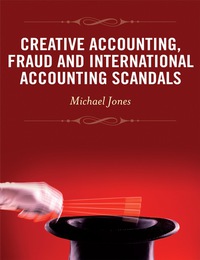Ready Products Inc. operates two divisions, each with its own manufacturing facility. The accounting system reports the following data for 2019: HEALTH CARE PRODUCTS DIVISION Income Statement For the Year Ended December 31, 2019 (800) Revenues $2,500 Operating costs Operating income $1,080 1,420 COSMETICS DIVISION Income Statement For the Year Ended December 31, 2019 (000) Revenues $1,740 Operating costs 850 Operating income 5 898 Ready estimates the useful life of each manufacturing facility to be 21 years. As of the end of 2019, the plant for the health care division is 4 years old, while the manufacturing plant for the cosmetics division is 6 years old. Each plant had the same cost at the time of purchase, and both have useful lives of 21 years with no salvage value. The company uses straight-line depreciation and the depreciation charge is $122,000 per year for each division. The manufacturing facility is the only long-lived asset of either division Current assets are $338,000 in each division An index of construction costs, replacement costs, and liquidation values for the manufacturing facilities for the period that Ready has been operating is as follows: Liquidation Value Year Cost Index Replacement Cost Health Care Cosmetics 2013 80 $ 100,000 $600,000 $ 600,000 2014 82 100,000 600,000 600,000 2015 84 1,100,000 500,000 500,000 2016 89 1,150,000 500,000 600,000 2017 94 1,200,000 600,000 700,00 2018 96 1,250,000 600.000 780,000 2019 100 1,300,000 560,000 800,000 Required: (Round your answers to 2 decimal places.) 1. Compute return on investment (RON) for each division using the historical cost of divisional assets (including current assets) as the Investment base. 2. Compute ROI for each division, incorporating current-cost estimates as follows: a. Gross book value (GBV) of long-lived assets plus book value of current assets. b. GBV of long-lived assets restated to current cost using the index of construction costs plus book value of current assets. (Do not round Intermediate calculations. Round dollar values to the nearest whole dollar) c. Net book value (NBV) of long-lived assets restated to current cost using the index of construction costs plus book value of current assets. (Do not round Intermediate calculations. Round dollar values to the nearest whole dollar.) d. Current replacement cost of long-lived assets plus book value of current assets. e. Current liquidation value of long-lived assets plus book value of current assets. Health Care Cosmetics % % 1. Return on investment based on historical cost of citional assets 2a. Return on investment based on gross book value 26. Return on investment based on gross book value at current cost 2c Return on investment based on net book value at current cost 2d. Return on investment based on current replacement Cont 20. Return on investment based on current liquidation value % %








